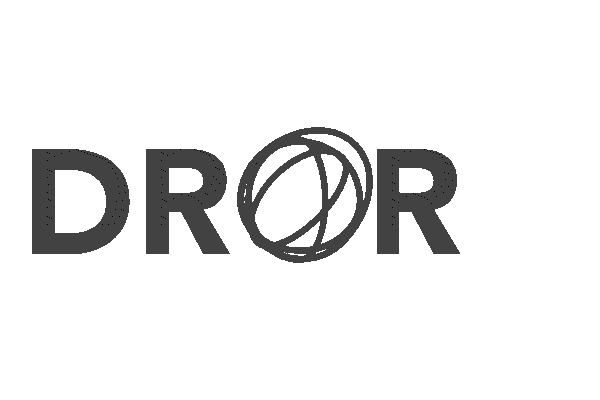The Decision Maker
- Dror Margalit
- Sep 27, 2022
- 2 min read
In our ever-changing world, where we need to choose between seemly endless options every moment, wouldn't it be nice to "outsource" some of our decision-making processes?
Introducing: The Decision Maker
The Decision Maker Sketch
The Decision Maker may not truly help you navigate between the endless choices presented to us every moment. It does, however, show that even though choices may seem binary, both the thought process and the result are not. Each slider represents the different elements of the decision-making, and the text represents the enthusiasm of the choice. None of which are either "yes" or "no". That is because, in every decision - small or large, significant or insignificant - many factors come into play. Even when we feel like we have limited choices, our environment, context, emotions (or other continuous or unconscious factors) may affect how we choose.
Making of The Decision Maker
While the final result of this sketch looks fairly simple, getting there took a lot of trial and error. At first, I tried to make my own sliders, using the "for" loop to duplicate them. This would have allowed me to add many more sliders, conveying the message I wanted better. However, as I experimented with it, I did not find a way to add different "x" values to each circle. The result was many sliders that moved together.
Decision Maker 1.0 Sketch
Another problem I faced was that the if I put the interaction's "if" statement in one of the "for" loops, it did not share the "constrain" function with the first slider. This made the circles go outside the scope of the sliders.

Ultimately I decided to create each slider separately until I understand how to work better with "for" loops. I created three sliders using the "createSlider" function, and used an array of words to present the "decision".



Comments